No Products in the Cart
We will be closed from December 31 through January 4. Have a safe and Happy New Year!
The anatomy of a luxury watch is as complex as the human body. For the average watch owner, taking one apart may be as daunting as performing surgery. But for trained watchmakers, its just another day in the operating room.
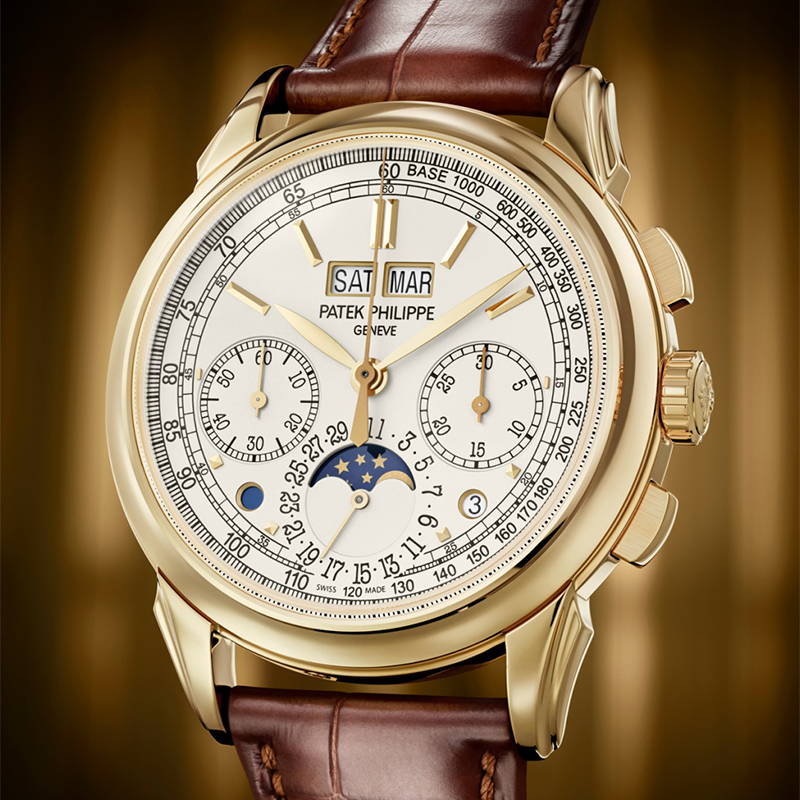
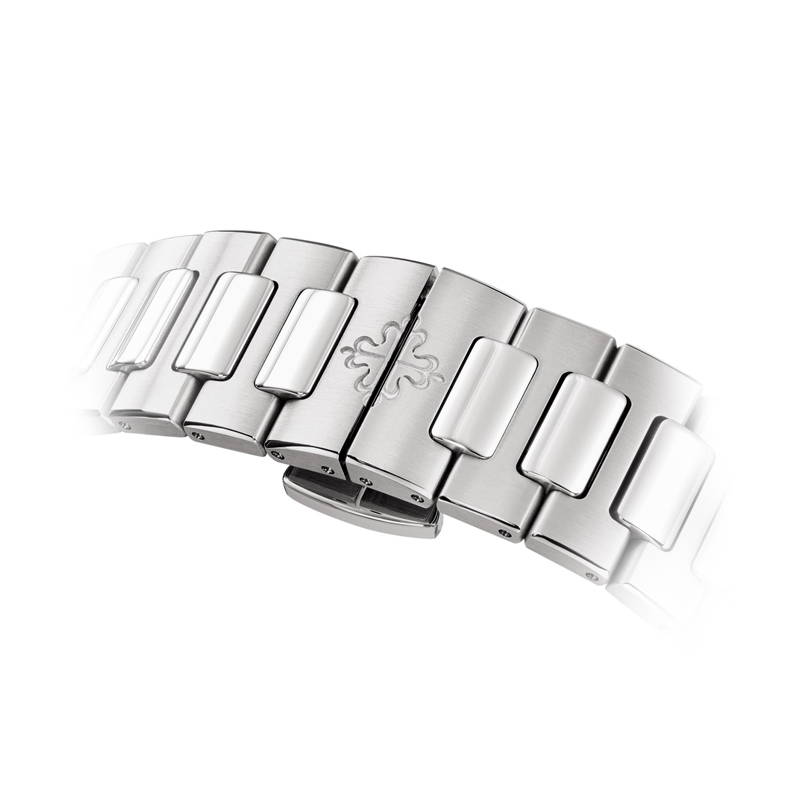
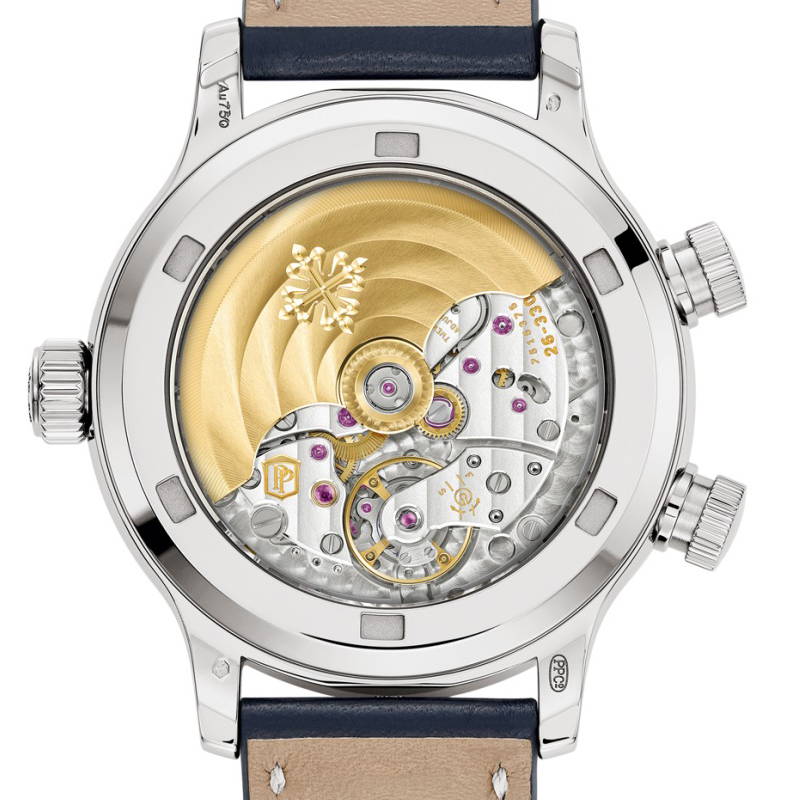
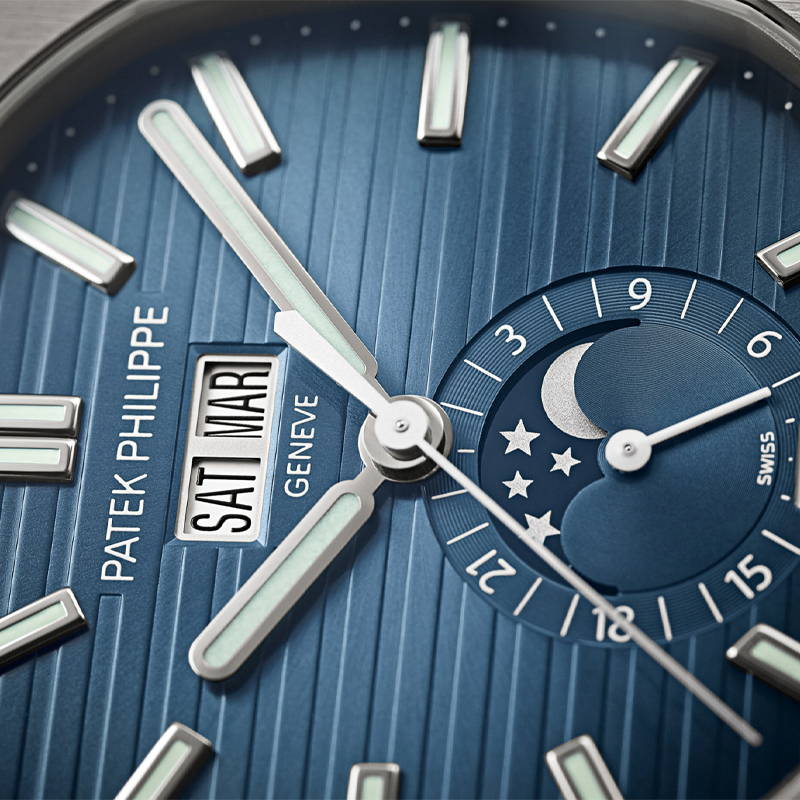
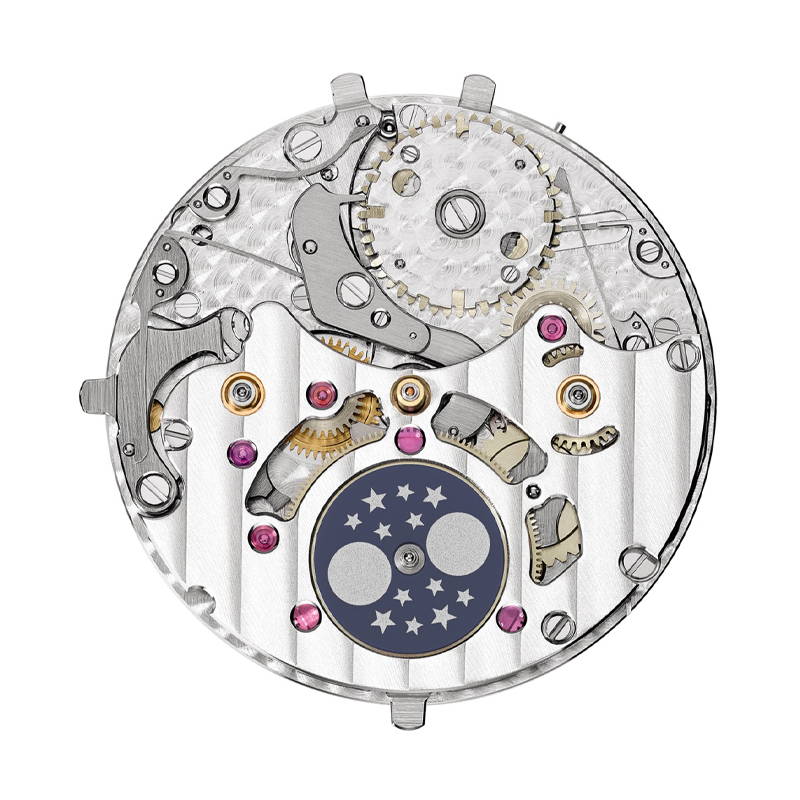
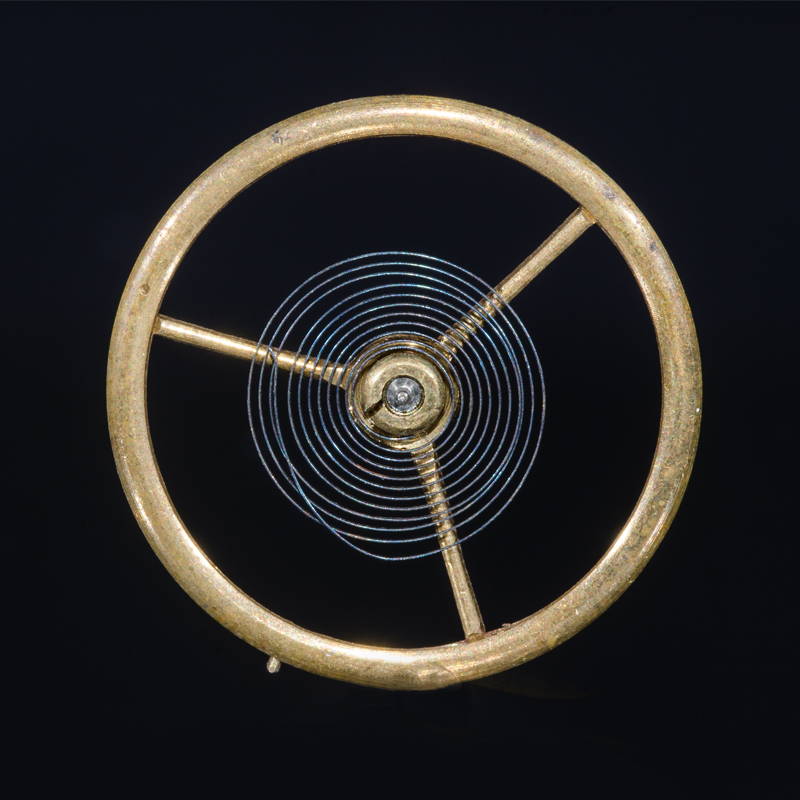
Thinking of purchasing a luxury watch? Hamra Jewelers is happy to assist you every step of the way, from choosing the perfect timepiece to maintaining your investment. To see our collection of luxury timepieces, visit our showroom or give us a call at 480-946-5110.